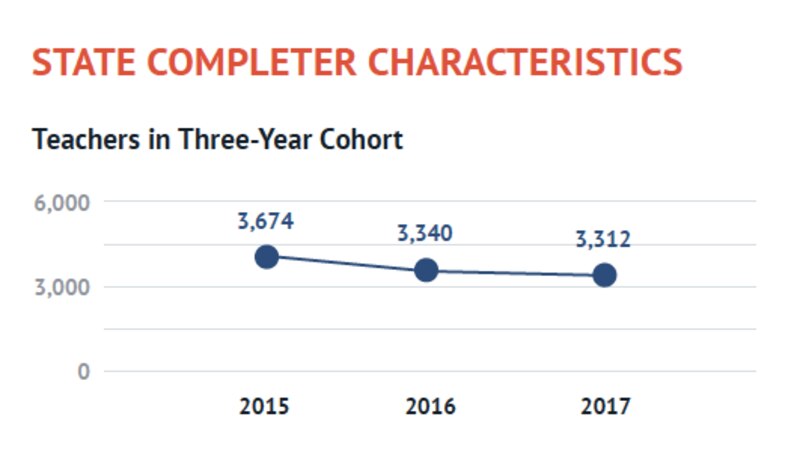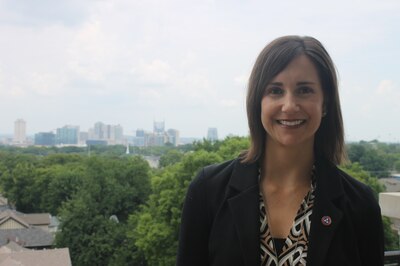Tennessee’s teacher training programs improved or maintained their scores on a report card released Friday, even as the number of would-be educators they graduated dipped for a third straight year.
Eight of the state’s 40 programs received the top overall score in 2018, while seven others moved up one notch to earn the second-highest scores. None of the programs saw their overall ratings decrease on the four-point scale, with 4 being the best.
Nontraditional training programs continued to excel, with Memphis Teacher Residency, Teach for America in Memphis and Nashville, and the New Teacher Project in Nashville all achieving a top ranking.
Among traditional programs, Lipscomb University in Nashville, Union University in Jackson, and the University of Tennessee at Knoxville maintained their top scores, while Christian Brothers University in Memphis broke into the top tier as well.
“We’re now seeing a greater distribution of top scores” among traditional and nontraditional programs, said Sara Morrison, executive director of the State Board of Education.
That’s important because university-based programs produce about 90 percent of the state’s new teachers.
The State Board issues its annual report card to gauge how well programs are preparing candidates for the classroom and whether they’re meeting the needs of school districts and the goals of the state. Criteria includes a profile of graduates over the past three years, their placement and retention in Tennessee public schools, and their observation and growth scores on their evaluations on the job.
The latest report card is the third under a redesigned grading system that launched after a 2016 report said most of the state’s training programs weren’t equipping teachers to be highly effective in their classrooms. It was a big red flag because the quality of teachers matter more to student achievement than any other aspect of schooling.
“We have seen an improvement in overall scores year after year,” said Morrison, noting that more first-year teachers are being retained and are helping their students show gains on state standardized tests.
Also encouraging: More recent graduates were prepared for teaching positions that districts struggle to fill every year, including English as a Second Language, Spanish, special education, high school math, and high school science.
On the flipside, the report card showed a gradual decline in the number of teacher candidates completing their training programs.

That troubling trend comes as the state braces for half of its 65,000 teachers to leave or retire in the next decade.
“Every program is looking to improve their recruitment strategies,” said Amy Owen, the board’s policy director, who spoke with reporters on the eve of the report’s release.
Another continued concern is lagging diversity among teacher candidates. Only 15 percent are people of color, compared with 35 percent of the state’s student population — a challenge since research shows that students of color are more likely to succeed academically when taught by teachers of color.
Among the report card’s other highlights, Tennessee Tech University, one of the state’s largest teacher training programs, improved its overall score to reach the second-highest rating. So did Belmont University, King University, Maryville College, Milligan College, Trevecca Nazarene University, and Western Governors University.

The University of Memphis maintained its score in the second-highest tier, as did Austin Peay, East Tennessee State, and Middle Tennessee State. All three are among the state’s largest training programs.
Morrison applauded programs for increasingly aligning their training to the state’s newest academic standards, especially in the area of literacy, and for collaborating more with nearby school districts to meet their needs.
“Some programs have even begun implementing dual-certification models so that their candidates are prepared to teach both an area like elementary education and either special education or English as a Second Language,” she said. “The result is a win-win situation, with teachers being more prepared and in-demand, districts having ready access to the educators they need, and education preparation providers improving on the state report card.”
You can view the full report card here and find previous report cards here.

